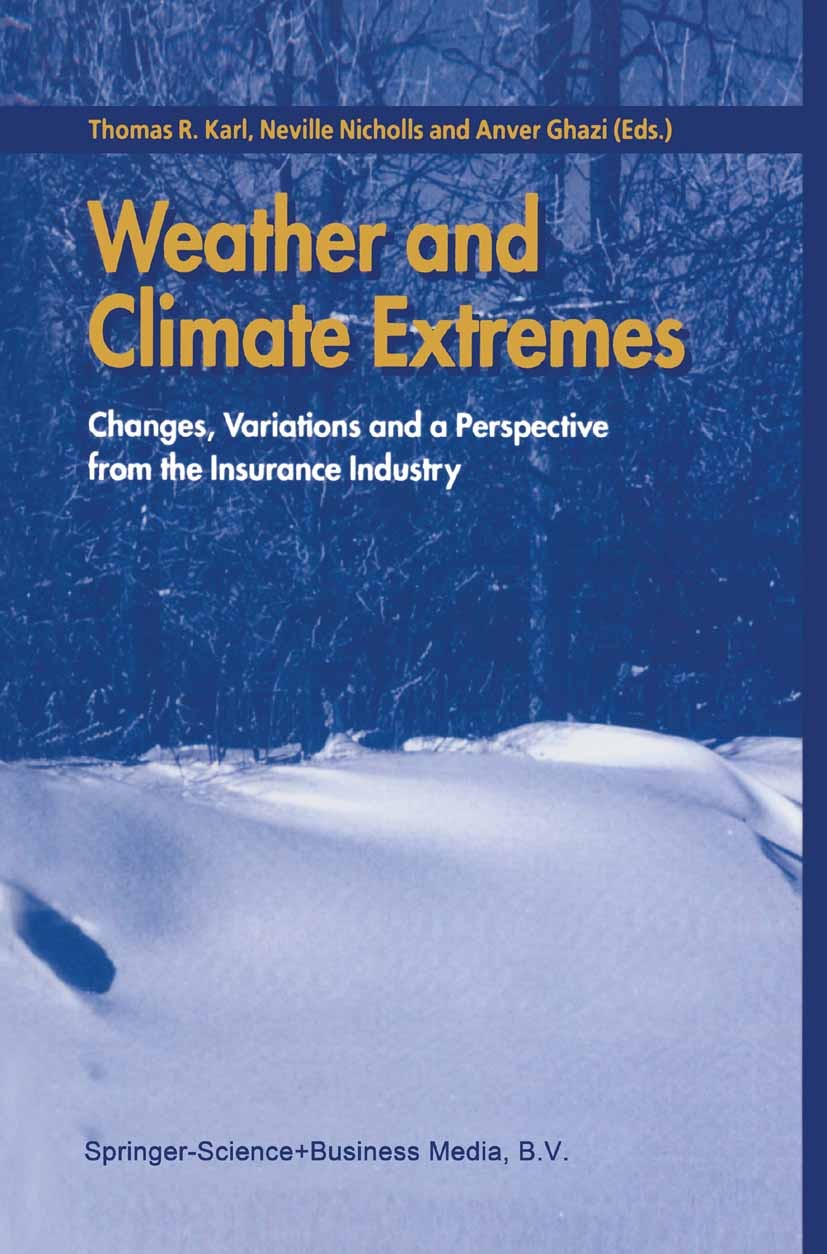中国遭受的旱涝急转事件越来越少,但越来越严重
IF 6.9
1区 地球科学
Q1 METEOROLOGY & ATMOSPHERIC SCIENCES
引用次数: 0
摘要
旱涝急转(DFAA)事件作为一种特殊的复合极端事件,从干旱状态突然转变为洪涝状态,其影响远远大于单个干旱或洪涝事件。本文利用多因子干旱指数和洪水指数,识别了 1961-2022 年间中国大陆及主要影响区每天发生的旱涝急转事件。在旱涝指数的基础上,我们采用熵权法来衡量 DFAA 事件的强度。研究结果表明,中国的旱涝灾害主要发生在黄淮海流域、长江中下游流域、东南沿海地区和西南地区等热点地区。最频繁和最强烈的 DFAA 事件发生在 6 月至 9 月,各热点地区的事件频率和强度具有不同的亚季节模式。中国大陆的 DFAA 事件频率呈显著下降趋势,常年以每年 0.25 的速度递减。与常年相比,暖季发生的 DFAA 事件有更明显的下降趋势,降幅为每年 0.26 次。不过,全年和暖季的 DFAA 事件强度都在以每十年 0.1 次的速度增加。不同地区和月份的 DFAA 事件及其直接成因的变化并不一致。从亚季节来看,不同地区的频率和强度趋势存在月度差异,尤其是黄淮海流域和东南沿海地区的频率在 7 月份有所下降,但强度却在 7 月份有所上升。我们的研究加深了对旱涝灾害事件变化的认识,为中国大陆旱涝灾害的防灾减灾提供了实际参考。本文章由计算机程序翻译,如有差异,请以英文原文为准。
China is suffering from fewer but more severe drought to flood abrupt alternation events
Drought to flood abrupt alternation (DFAA) events, as a special category of compound extreme events that suddenly shift from drought to flood conditions, have significantly greater impacts than individual drought or flood events. In this paper, we have utilized a multifactorial drought index and flood index to identify daily DFAA events occurring in mainland China and in major impact areas during the period 1961–2022. Based on drought and flood index, we have used entropy weighting method to measure the intensity of DFAA events. Our findings indicate that China's DFAA events primarily occur in the hotspots of Huang-Huai-Hai River Basin, the middle and lower Yangtze River Basin, the southeastern coastal area, and the southwestern part of the country. The most frequent and intense DFAA events occur from June to September, with varying subseasonal patterns in the frequency and intensity of events in each hotspot. The frequency of DFAA events in mainland China shows a significant decreasing trend declining at a rate of 0.25 per year in year-round. While DFAA events occurring in the warm season tend to decrease more significantly compared to the year-round at a rate of 0.26 per year. However, the intensity of DFAA events is increasing with a rate of 0.1 per decade in both the year-round and warm season. The evolution of DFAA events and their direct causes varies non-uniformly across regions and months. Subseasonally, frequency and intensity trends diverged monthly across regions, notably with the Huang-Huai-Hai Basin and southeast coast experiencing a July decline in frequency but a surge in intensity. Our research deepens the understanding of changes in DFAA events and provides practical reference for preventing and mitigating drought-to-flood disasters in mainland China.
求助全文
通过发布文献求助,成功后即可免费获取论文全文。
去求助
来源期刊

Weather and Climate Extremes
Earth and Planetary Sciences-Atmospheric Science
CiteScore
11.00
自引率
7.50%
发文量
102
审稿时长
33 weeks
期刊介绍:
Weather and Climate Extremes
Target Audience:
Academics
Decision makers
International development agencies
Non-governmental organizations (NGOs)
Civil society
Focus Areas:
Research in weather and climate extremes
Monitoring and early warning systems
Assessment of vulnerability and impacts
Developing and implementing intervention policies
Effective risk management and adaptation practices
Engagement of local communities in adopting coping strategies
Information and communication strategies tailored to local and regional needs and circumstances
 求助内容:
求助内容: 应助结果提醒方式:
应助结果提醒方式:


